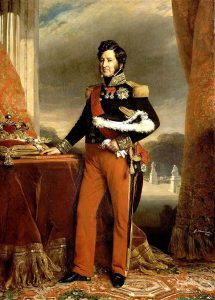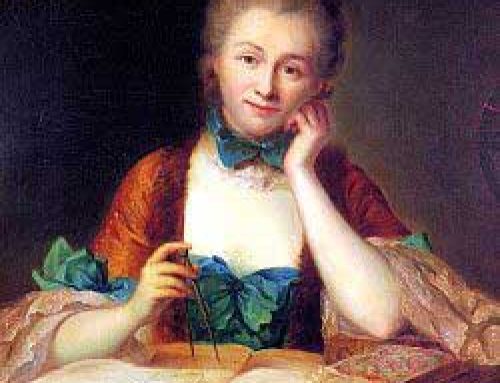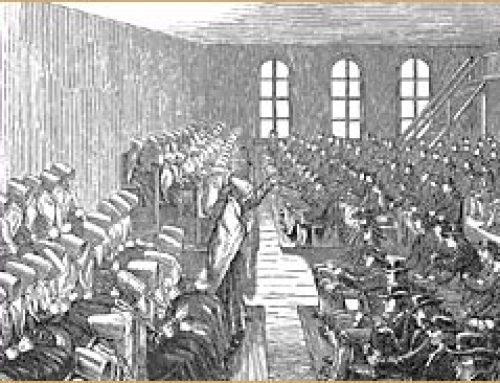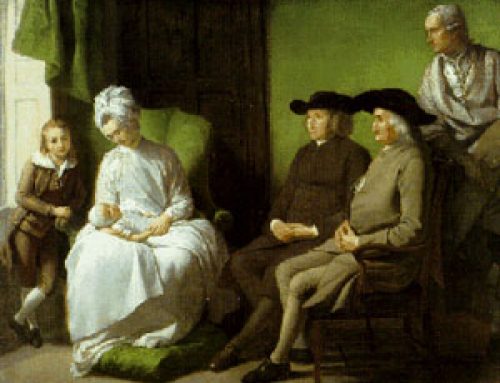
Louis XVIII
Louis the Eighteenth
When the Allies defeated Napoleon in 1814 AD, France needed to figure out a new government. The first thing French people tried was putting a king back in power: that’s Louis XVIII.
Who was Napoleon?
The French Revolution
All our Modern Europe articles
Who was Louis XVIII?
Louis XVII was Louis XVI‘s little son who died (probably of tuberculosis) during the Revolution. Louis XVIII was Louis XVI‘s brother, the uncle of Louis XVII.
Who was Louis XVI?
The Battle of Waterloo
But right away, Napoleon tried to get back into power. The British defeated Napoleon again at Waterloo. Now Britain was really mad at France and made sure France lost some of its land, and had to pay huge fines to Britain, Austria, Germany, Prussia, and Russia, and had to pay to have their armies supervising France for five years.
Hanoverian England
Austria-Hungary in the 1800s
Germany and Prussia

Louis-Philippe
France’s new Constitution
These other countries also didn’t give Louis XVIII much power. Instead, they put in a Constitution, the way people had in England more than a hundred years earlier, or in America thirty years earlier.
The French constitution, combined with Napoleon’s Code, said that everybody was equal, that there should be freedom of the press and freedom of religion, and that the government couldn’t take away people’s property.
But nobody enforced these rules, so they didn’t work very well. Slowly poor people lost power, and rich people got more power back.
Charles X becomes king of France
Louis XVIII died of gangrene in 1824, when he was 69 years old, and his younger brother Charles X (the tenth) became king. Charles tried to get back all the power his older brother had before the French Revolution. He gave a lot of money to rich families whose land had been given to poor people in the Revolution. Charles also sent the French navy to attack Algeria. People got mad, and the July Revolution of the people of Paris threw Charles out in 1830.
Louis-Philippe
Now they tried having Charles’ second cousin, Louis-Philippe, as king. But Louis-Philippe also made the rich richer and the poor poorer. He tried to help Iran’s Shad Mohammed reconquer Afghanistan, but that didn’t work. In 1847, an economic recession made things even worse, and in 1848, which was a year of revolutions all over Europe, Louis-Philippe got thrown out too.

Napoleon III
The Second Republic
After Louis-Philippe, the revolutionaries proclaimed a Second Republic, with the motto “Liberty, Equality, Community”. (The First Republic was the one during the French Revolution.)
They let all the people vote for a government, but to their surprise people voted for a conservative, traditional government, not for the revolution.
Napoleon III
They brought in Napoleon III, the nephew of Napoleon I, as their new leader, but after only three years Napoleon III declared himself Emperor instead.
As Emperor, Napoleon III tried to rebuild some of his uncle’s power. He already had power in North Africa.
The French in Vietnam
And in Mexico
Now Napoleon III sent French troops to take over Vietnam and Cambodia as French colonies, too. He tried to take over Mexico, but the United States forced his troops to leave.




